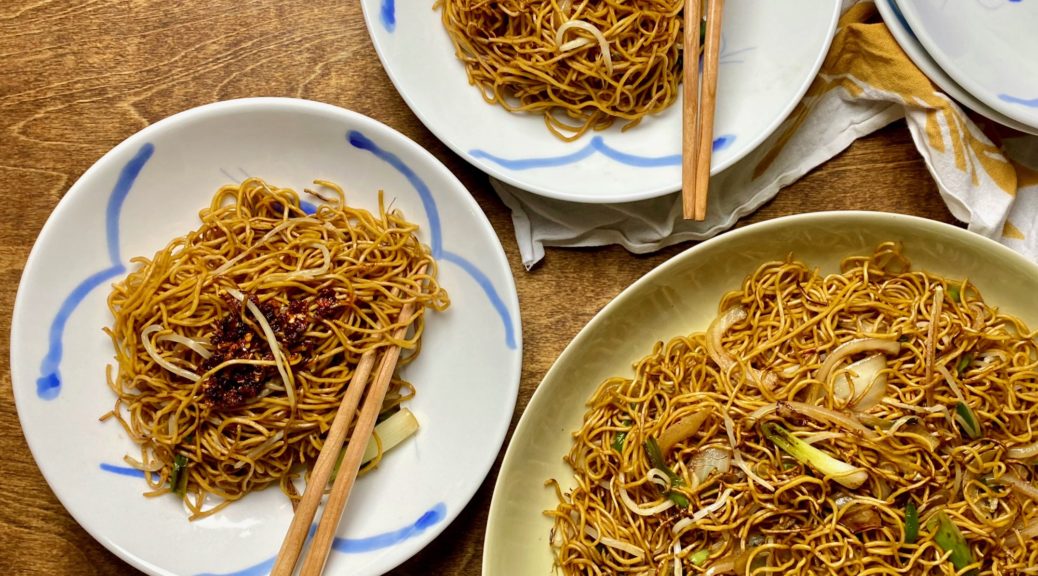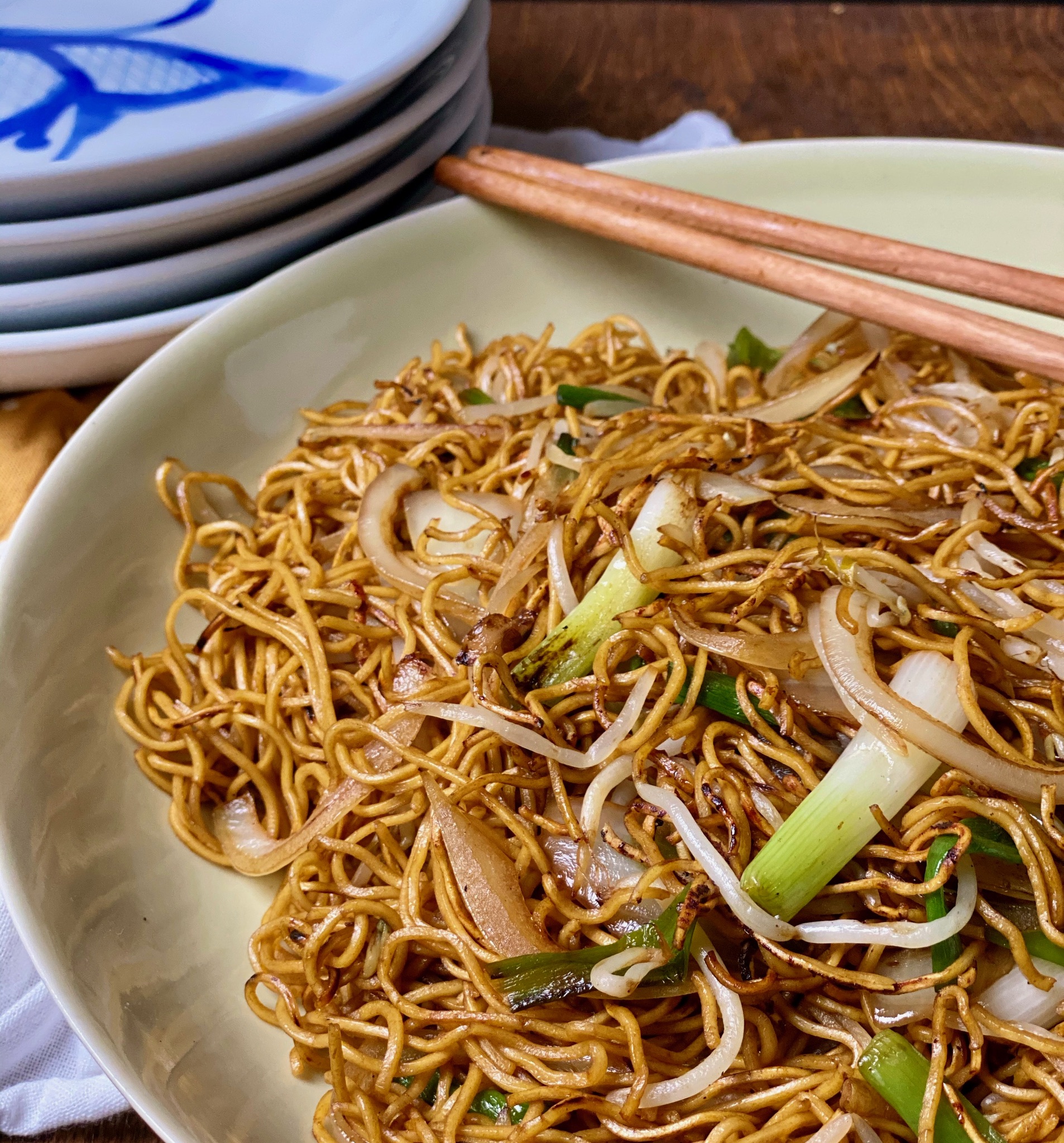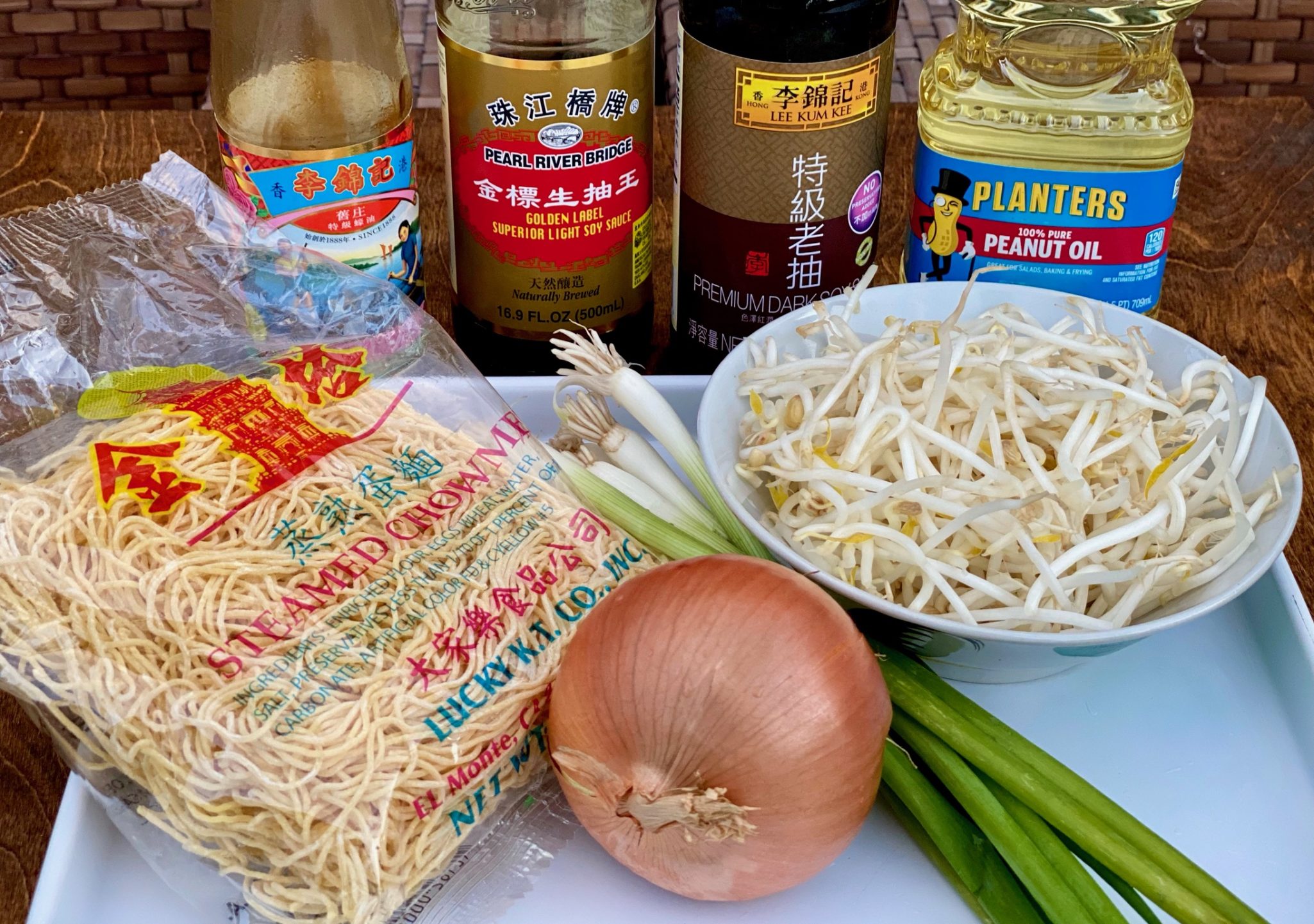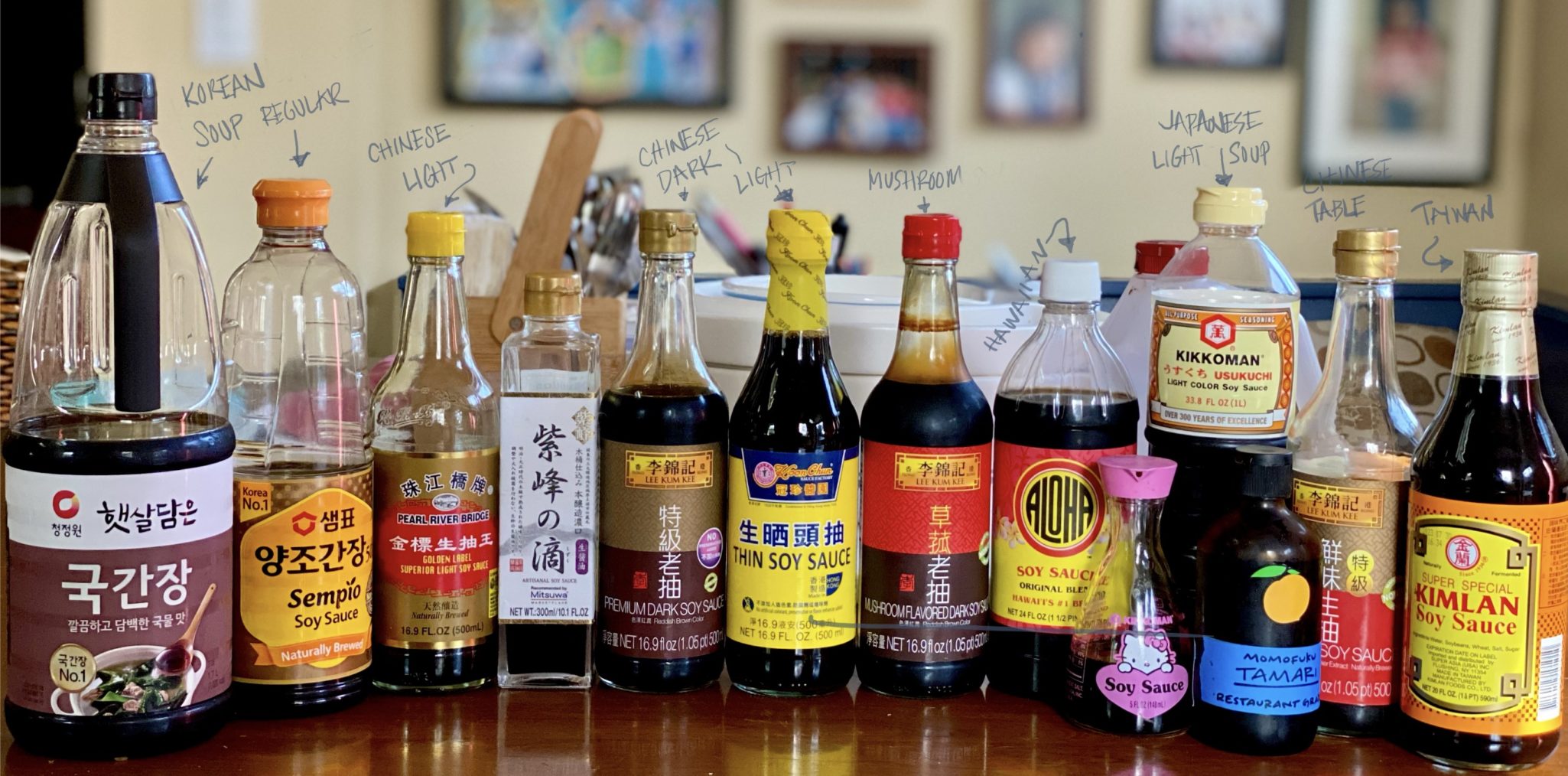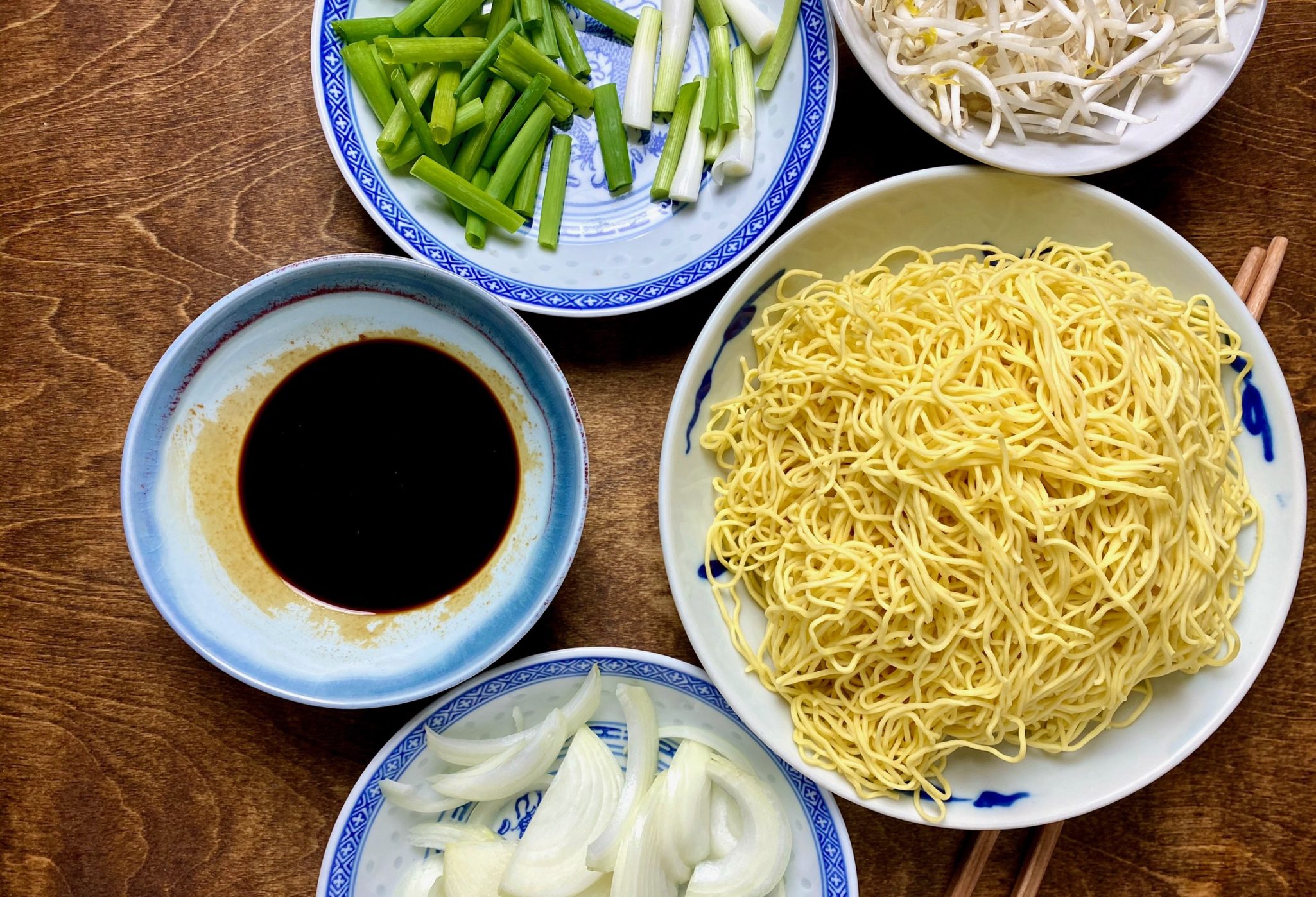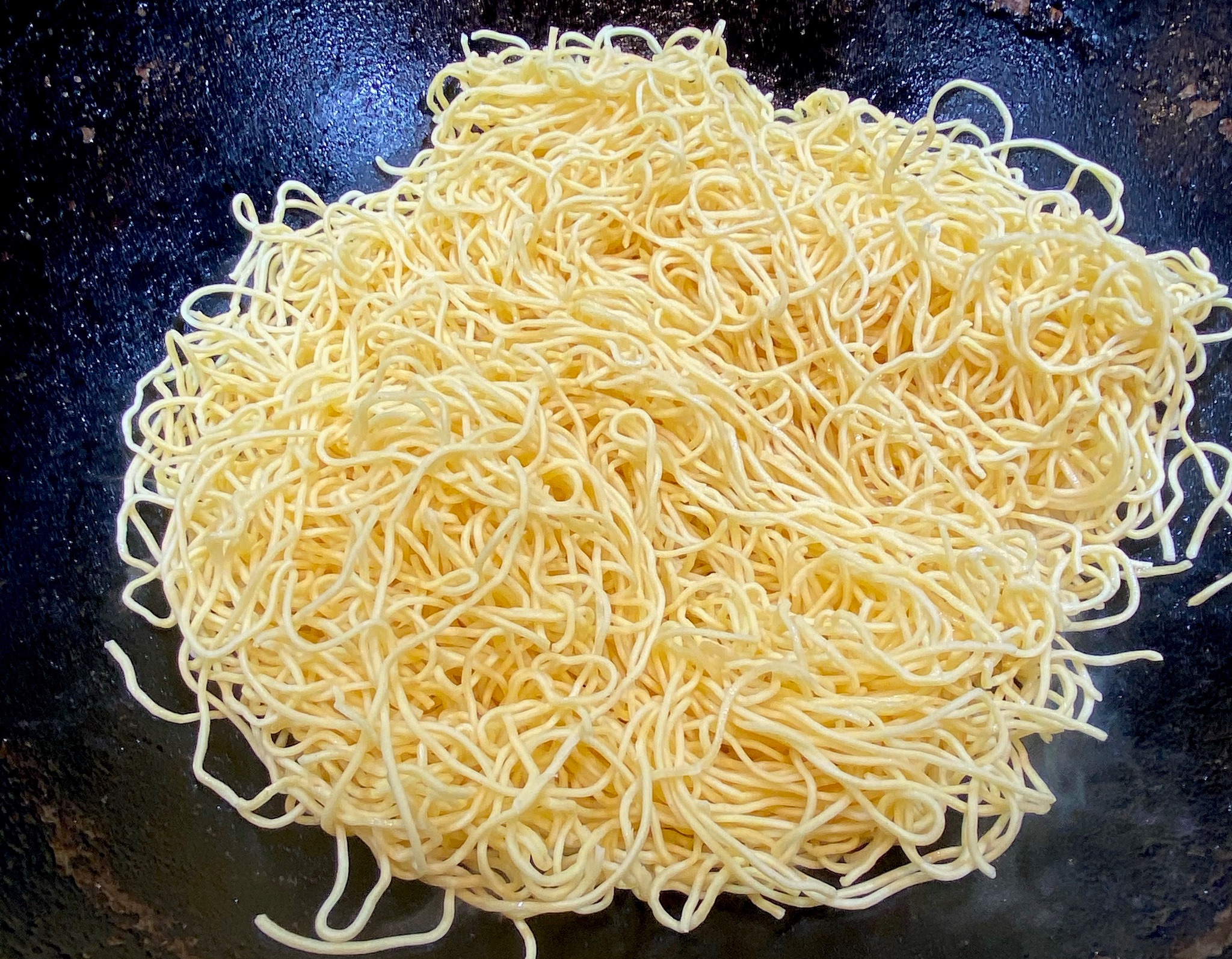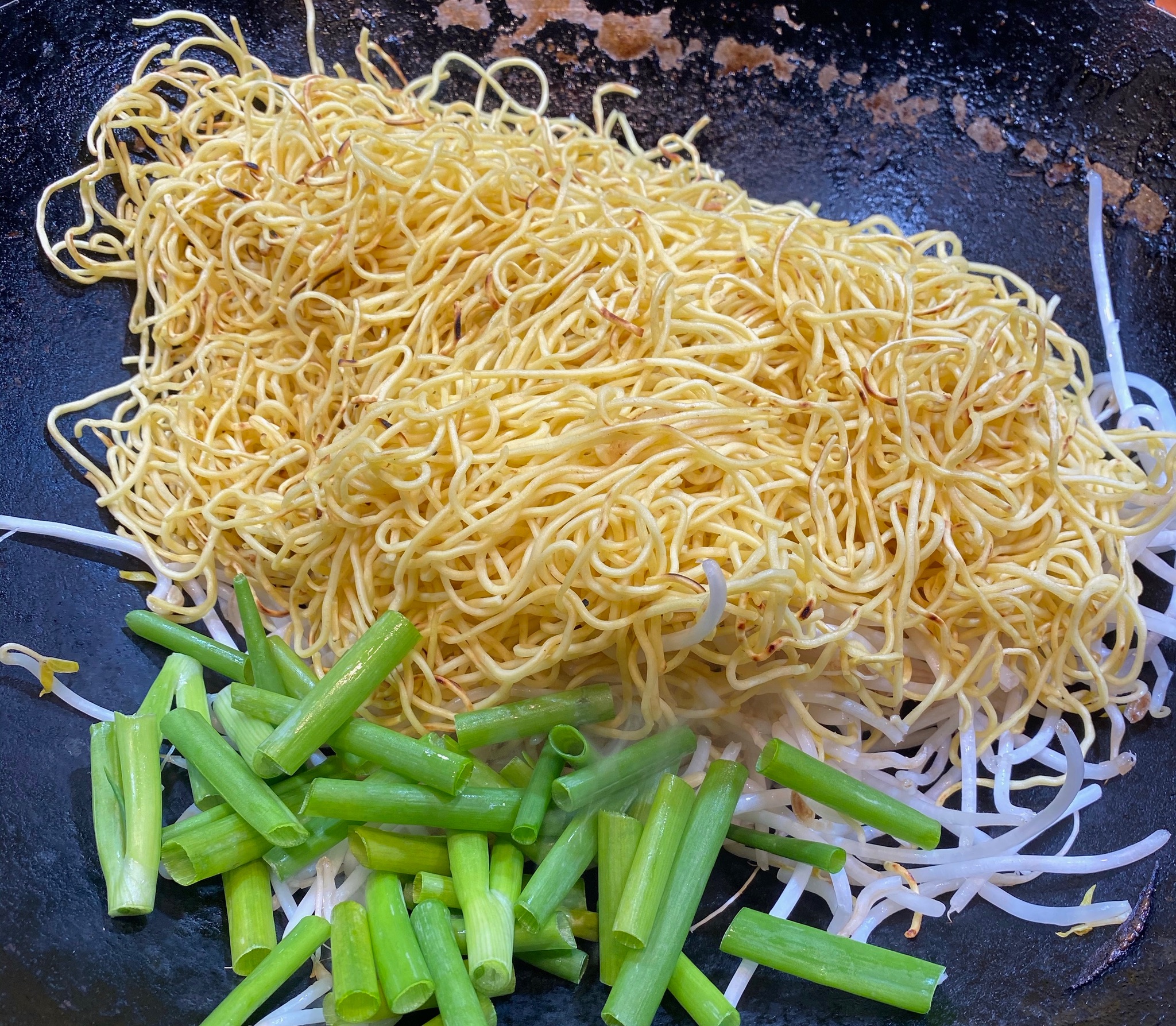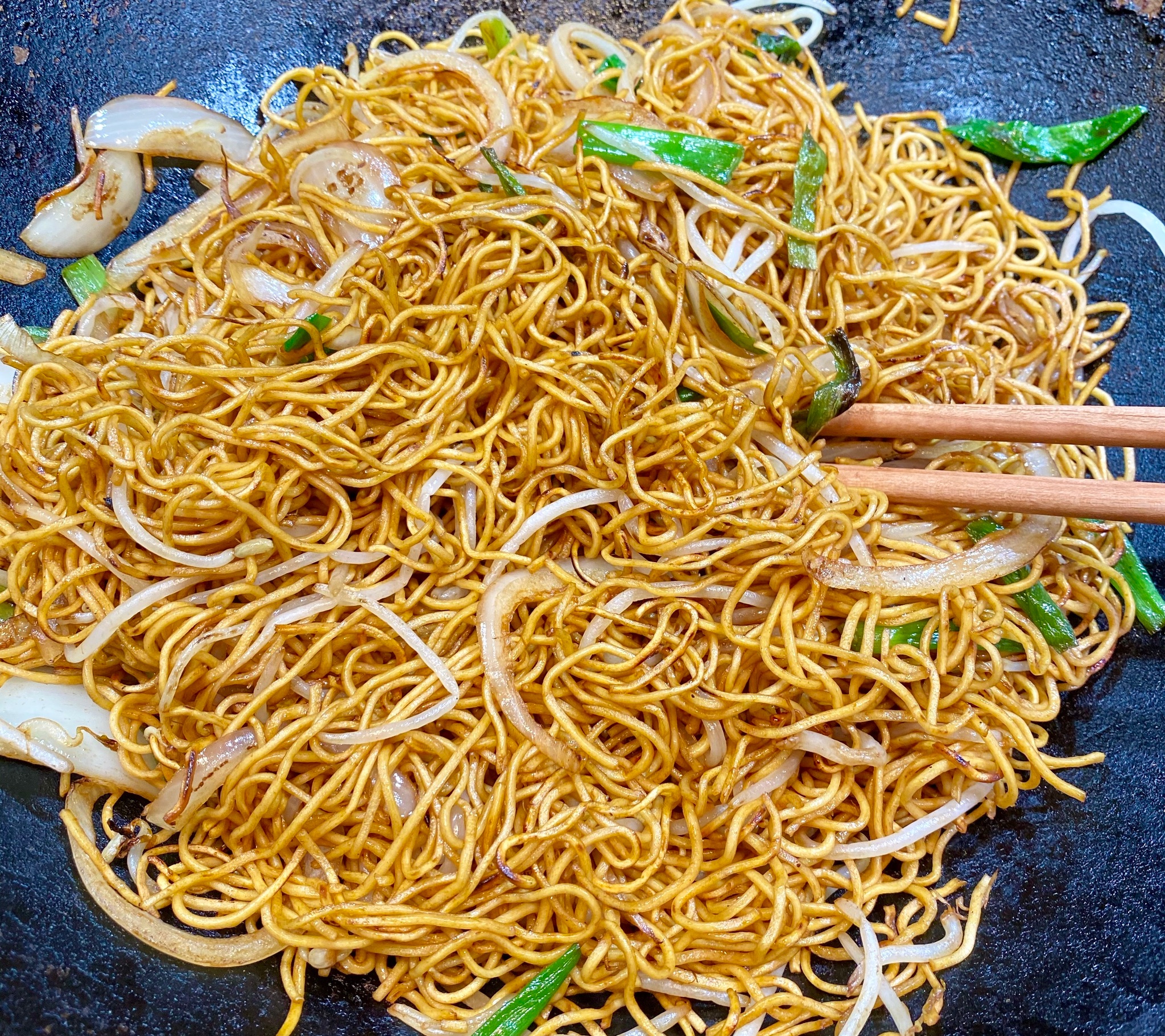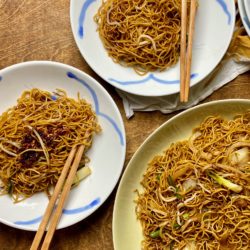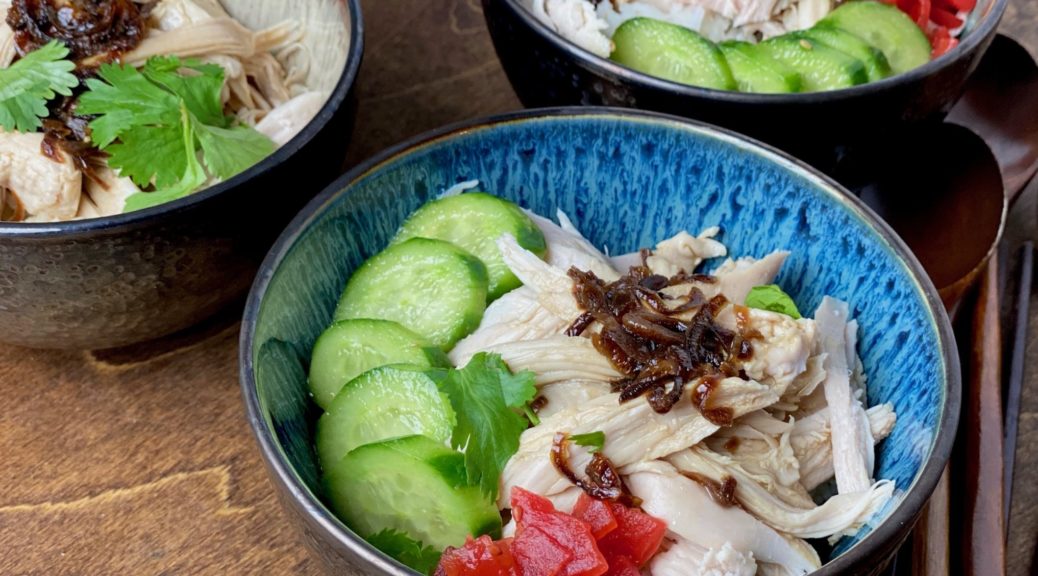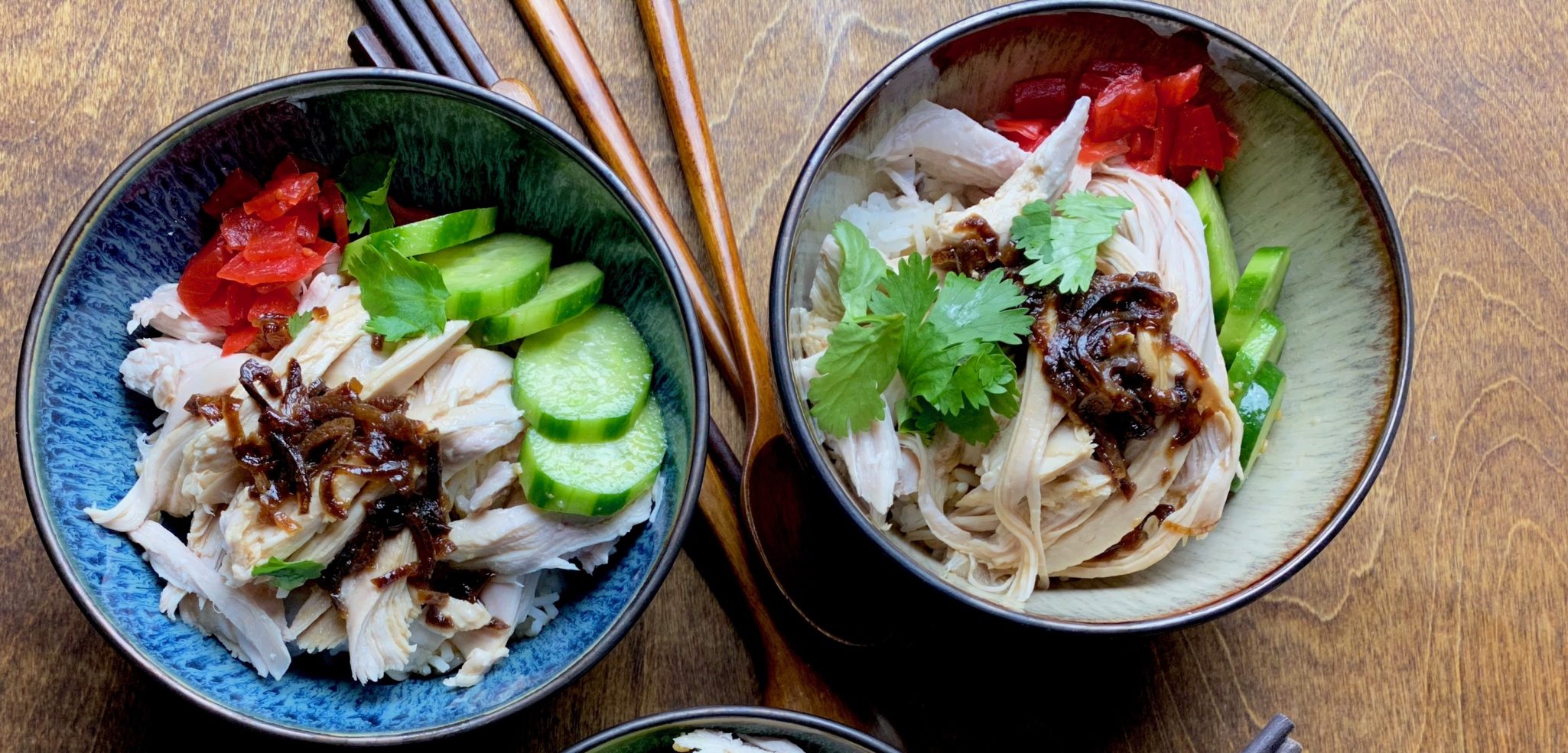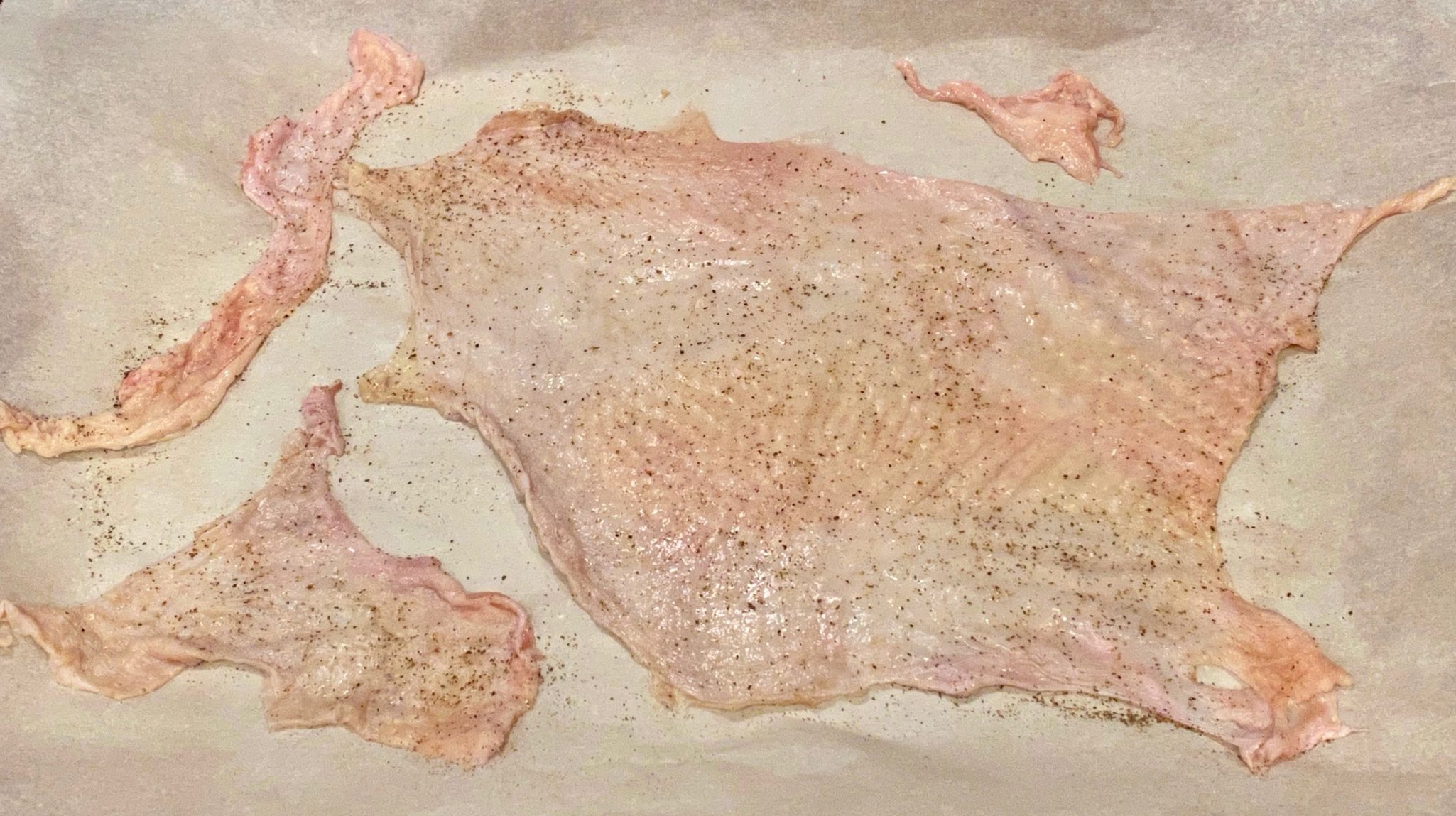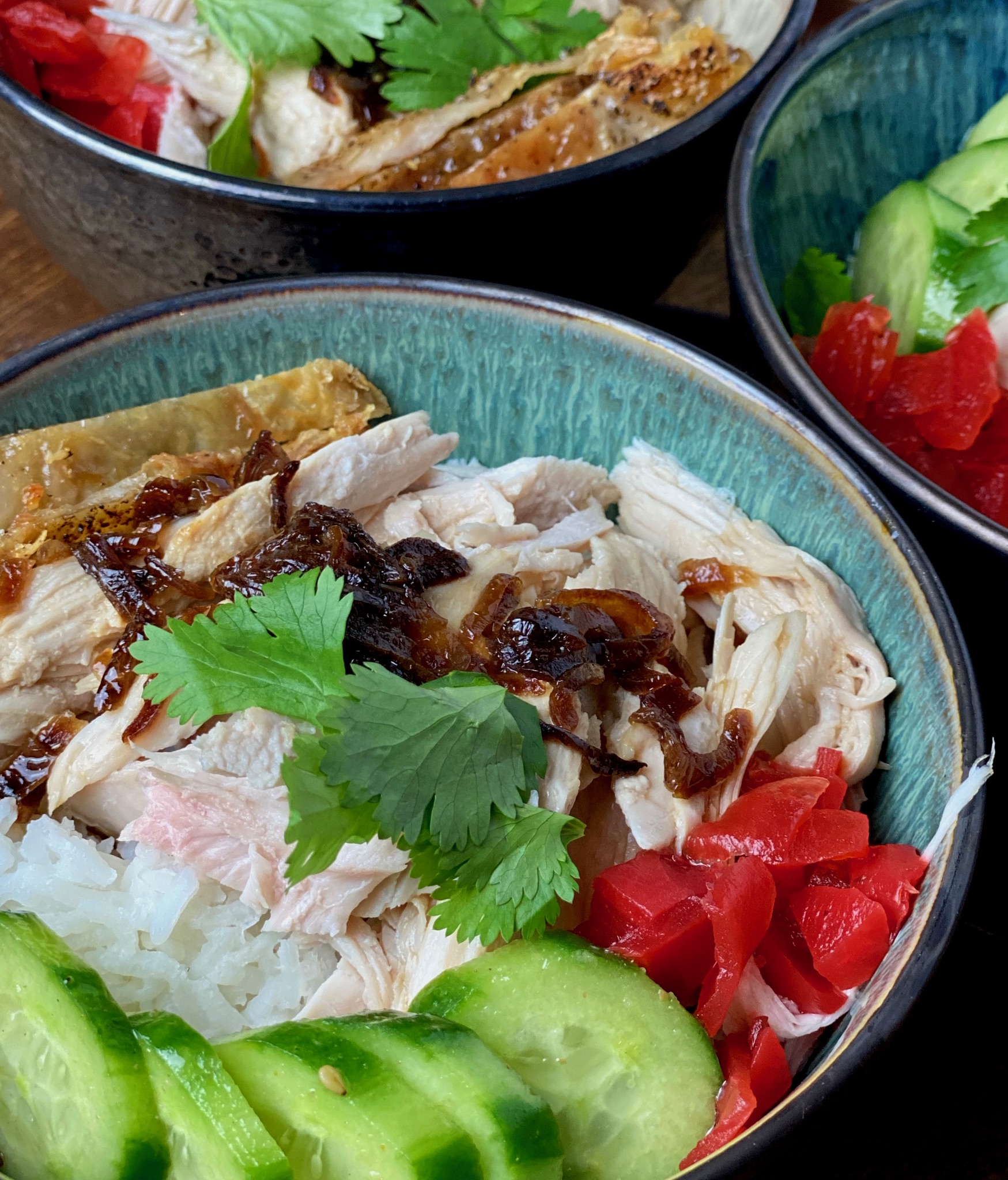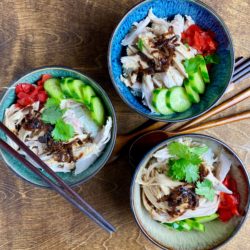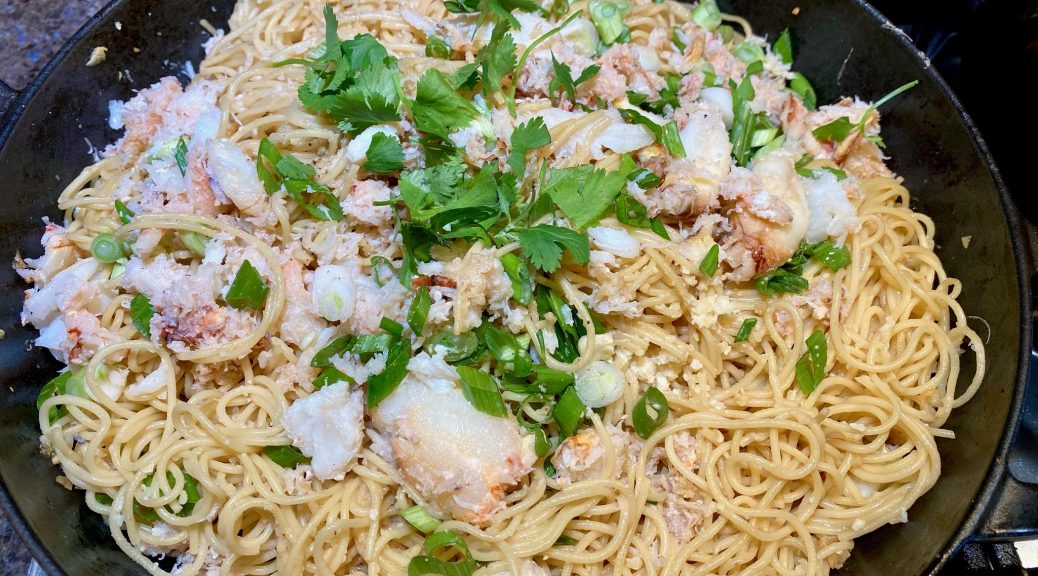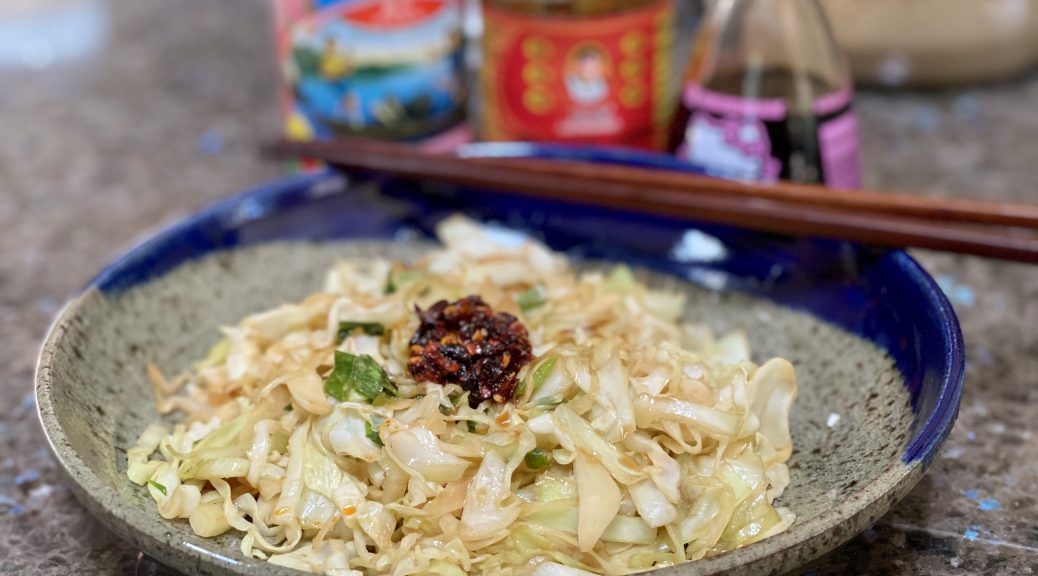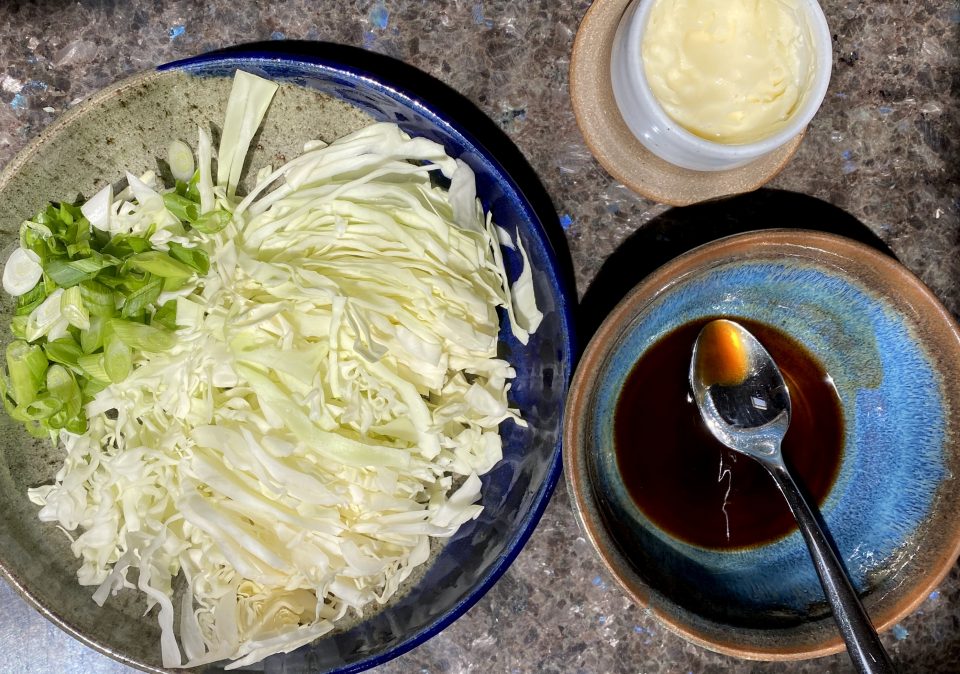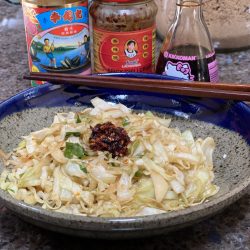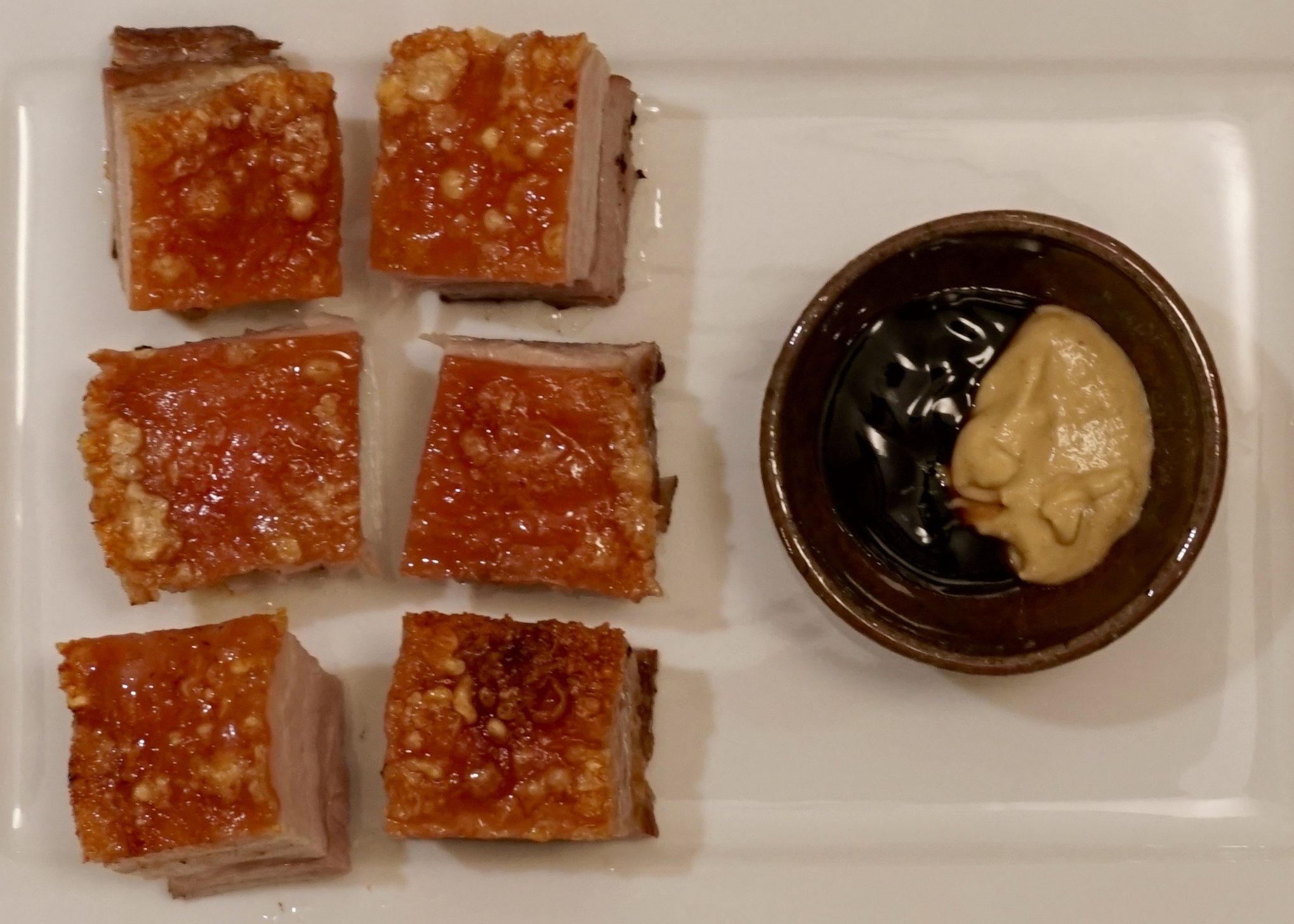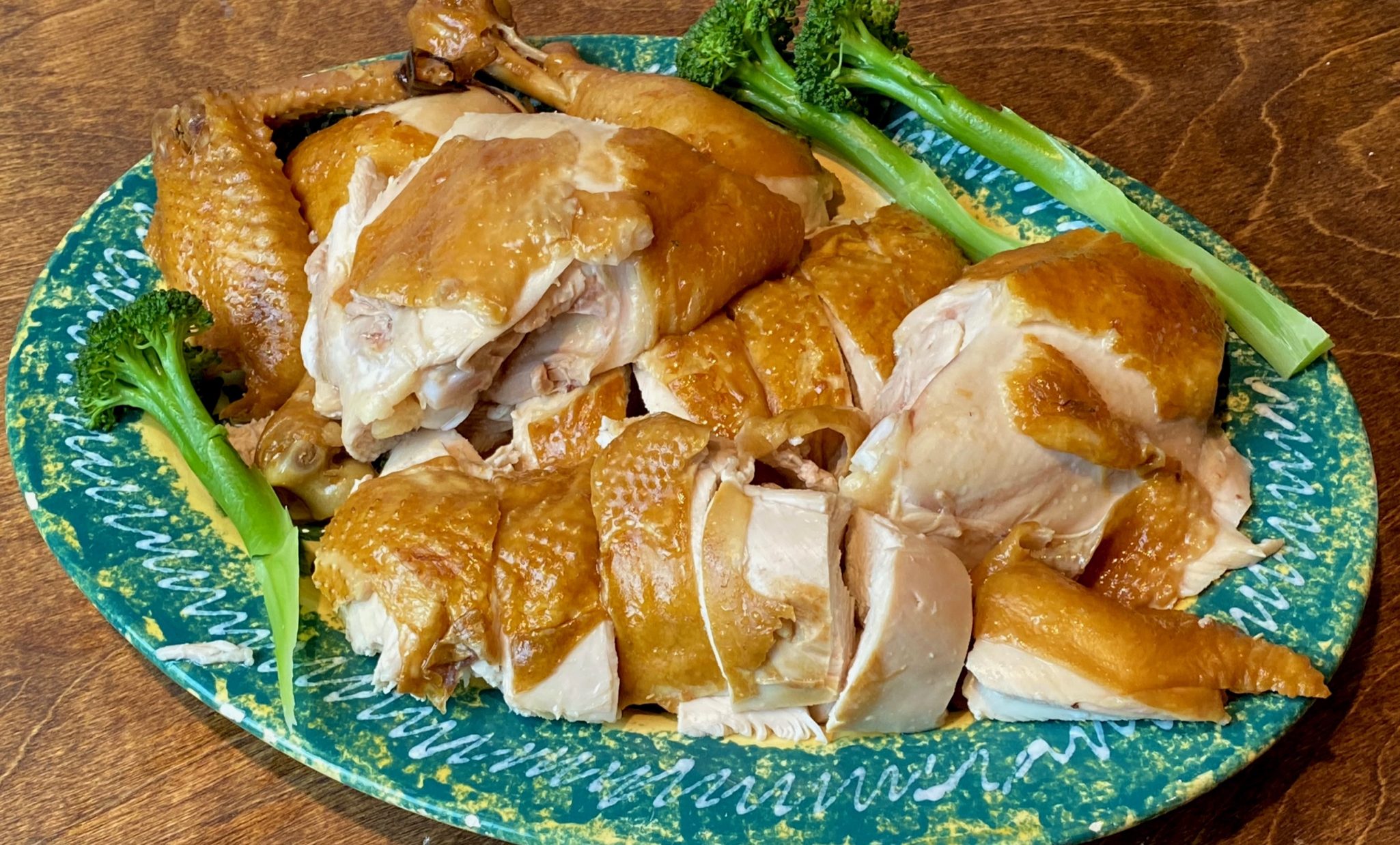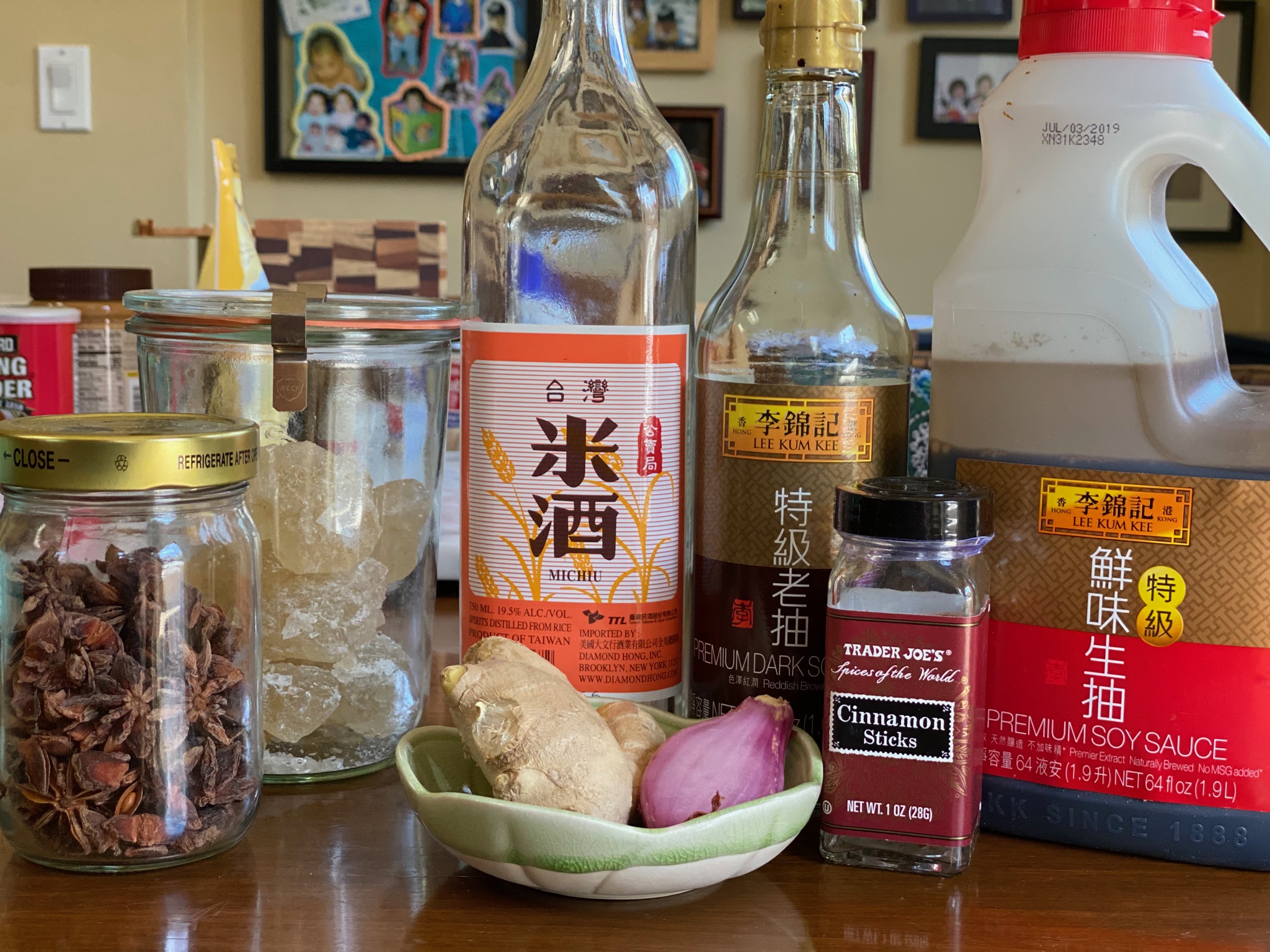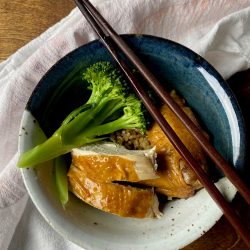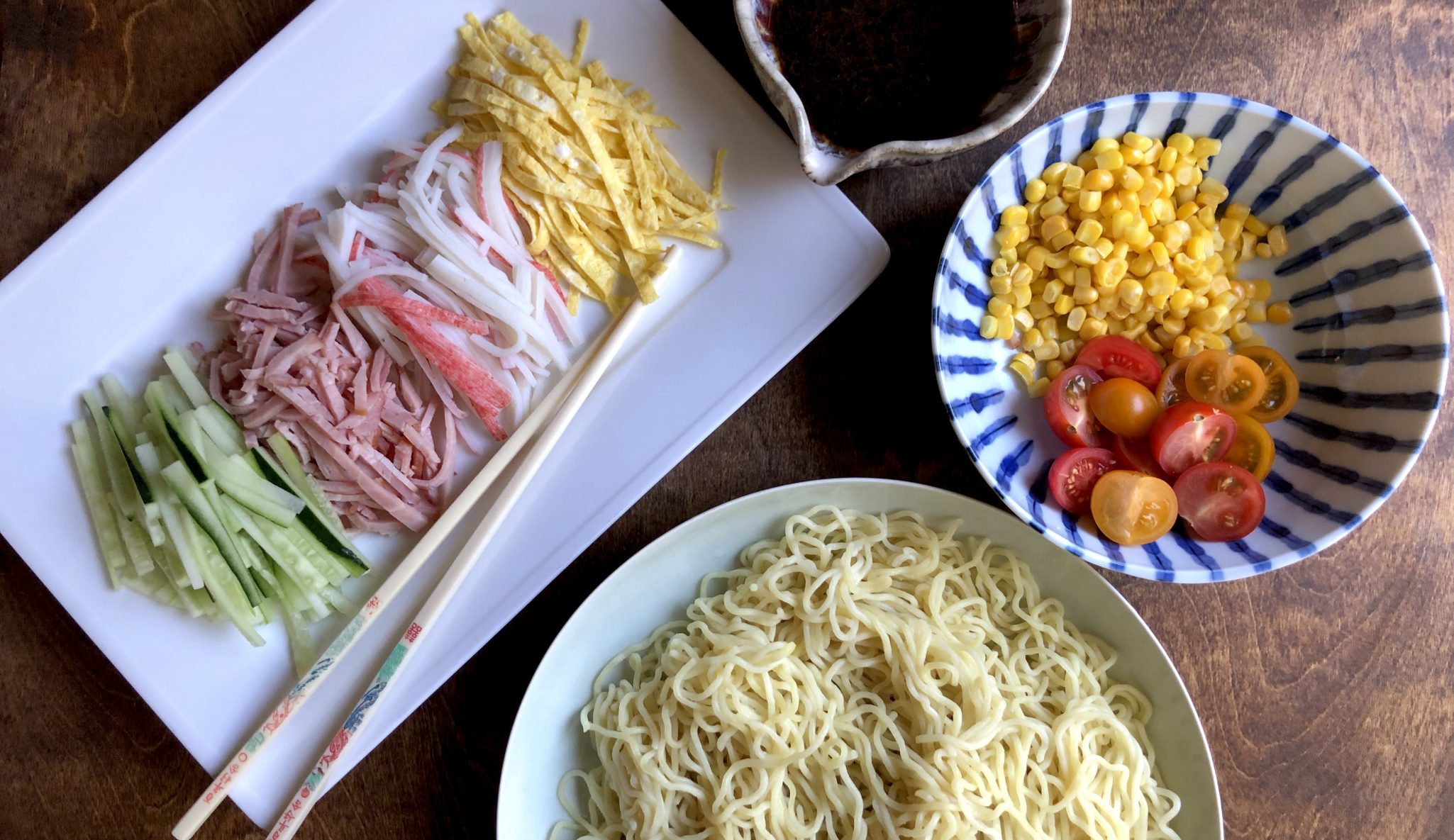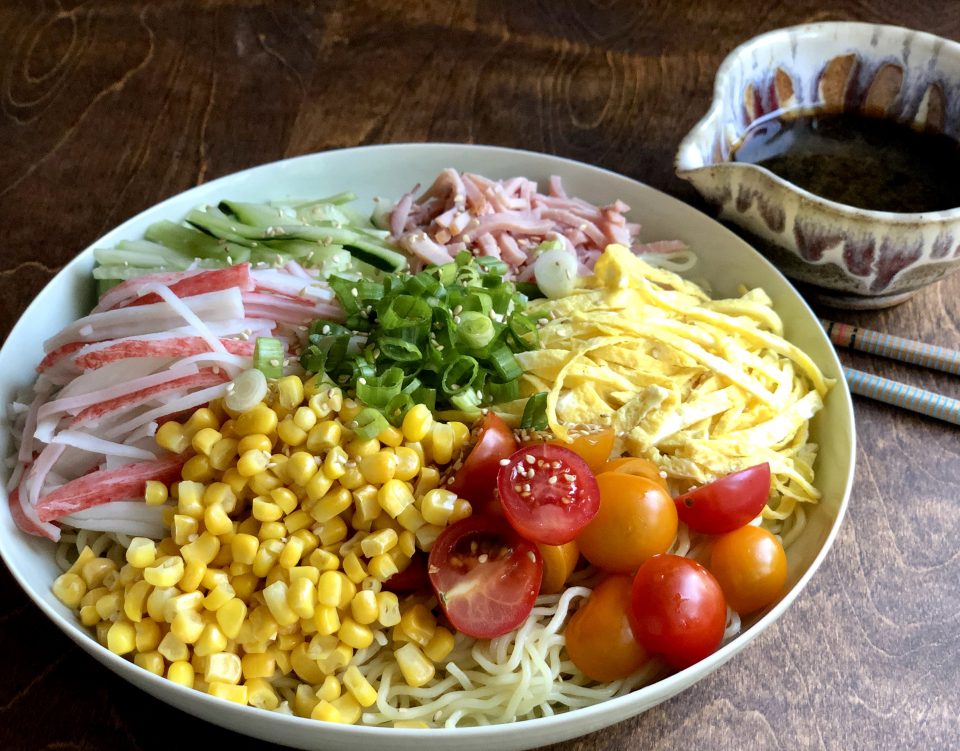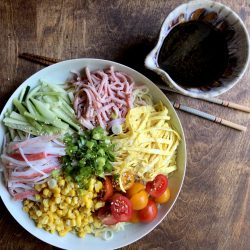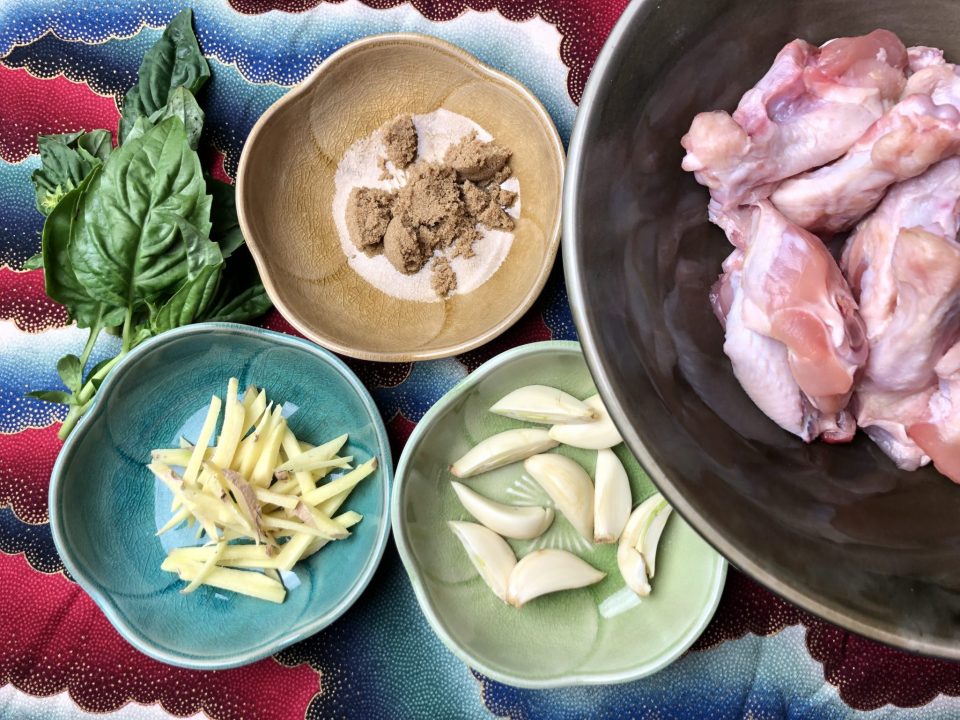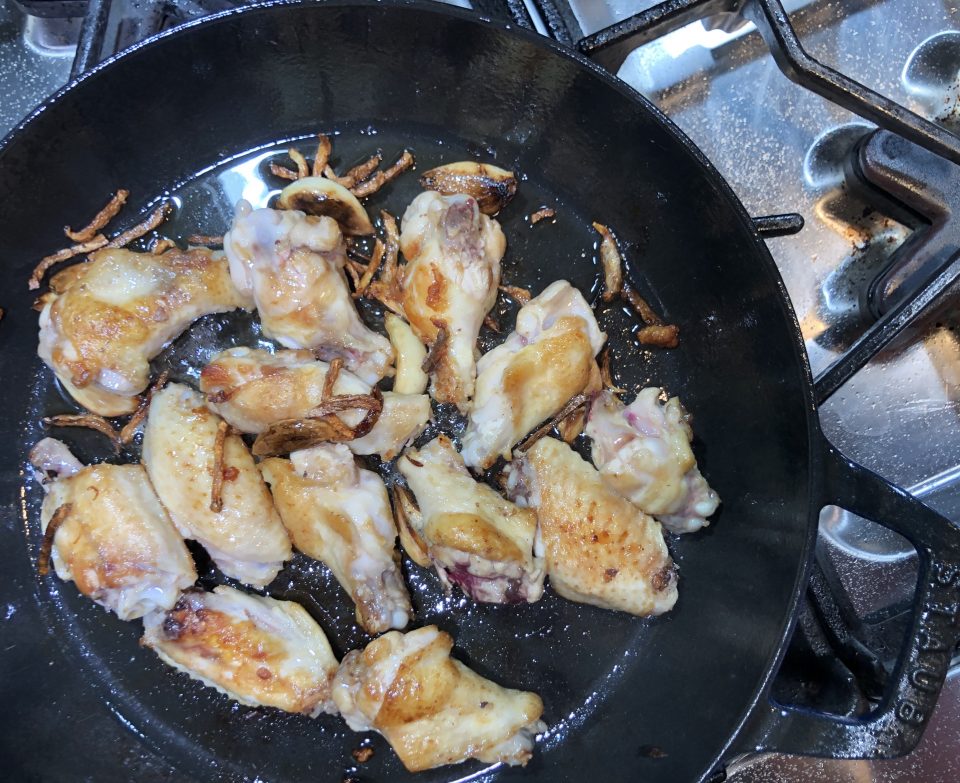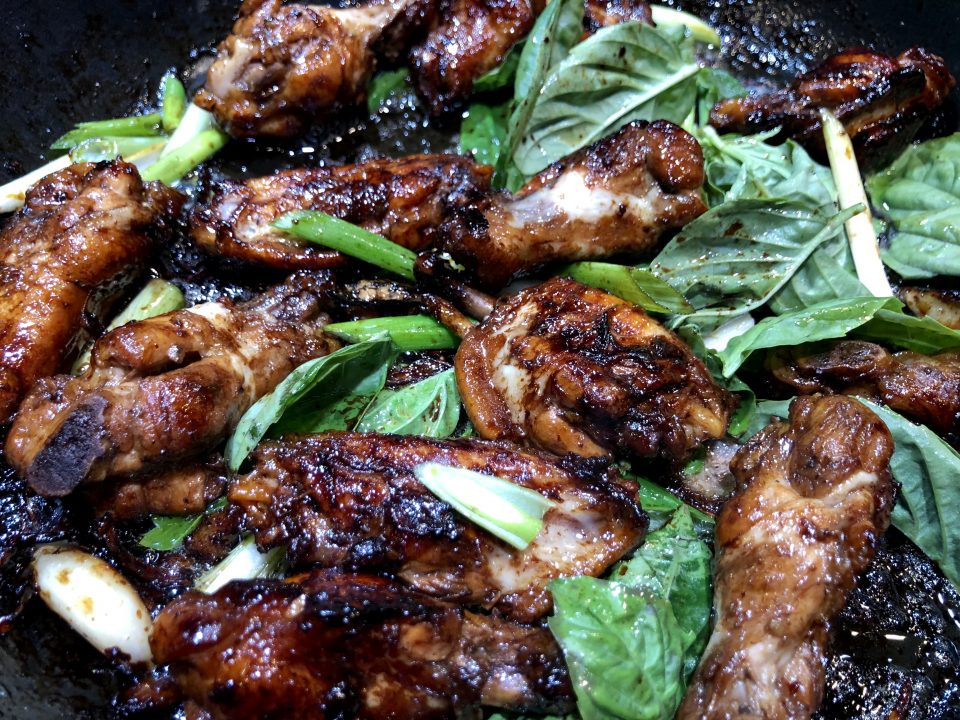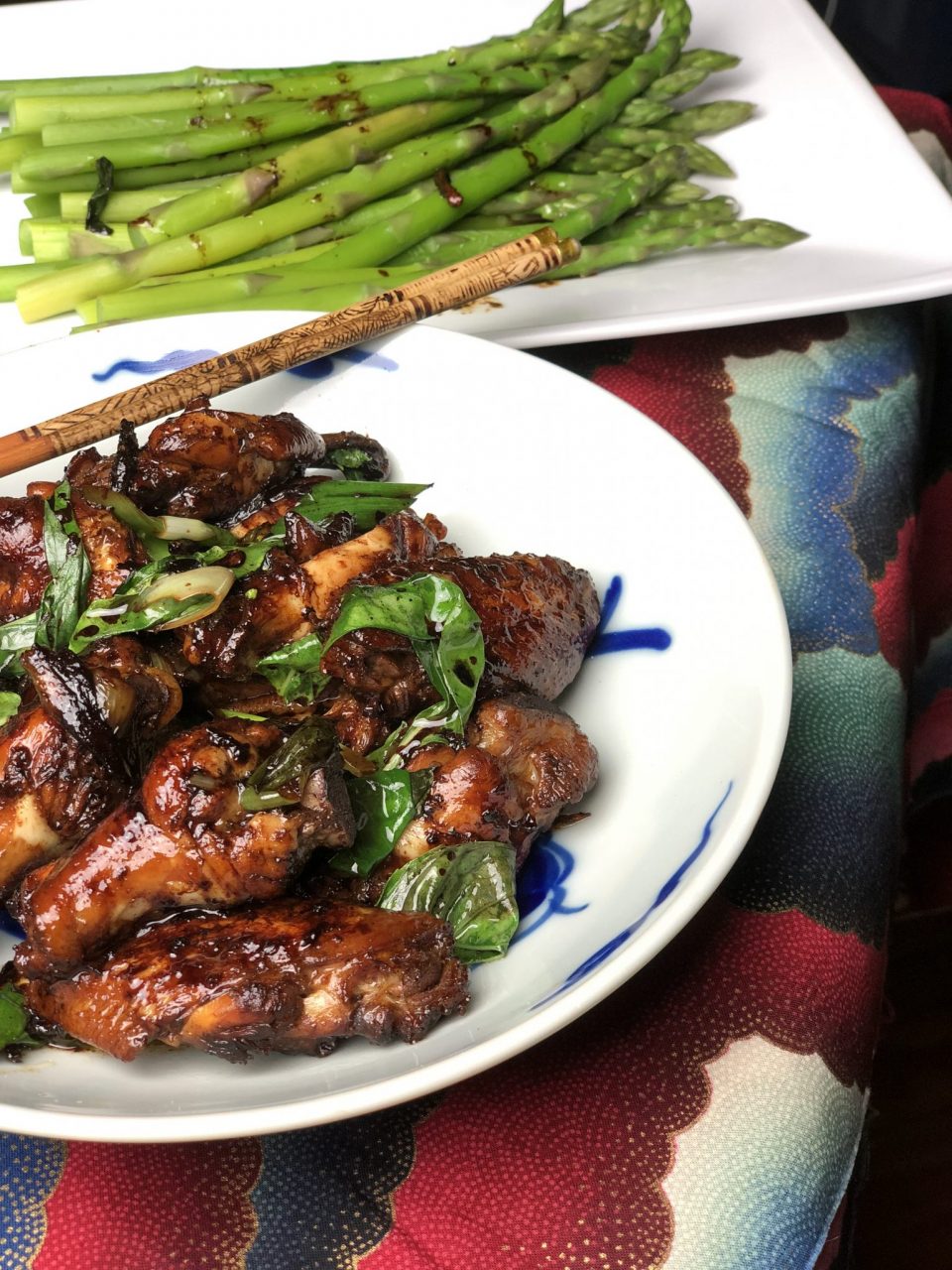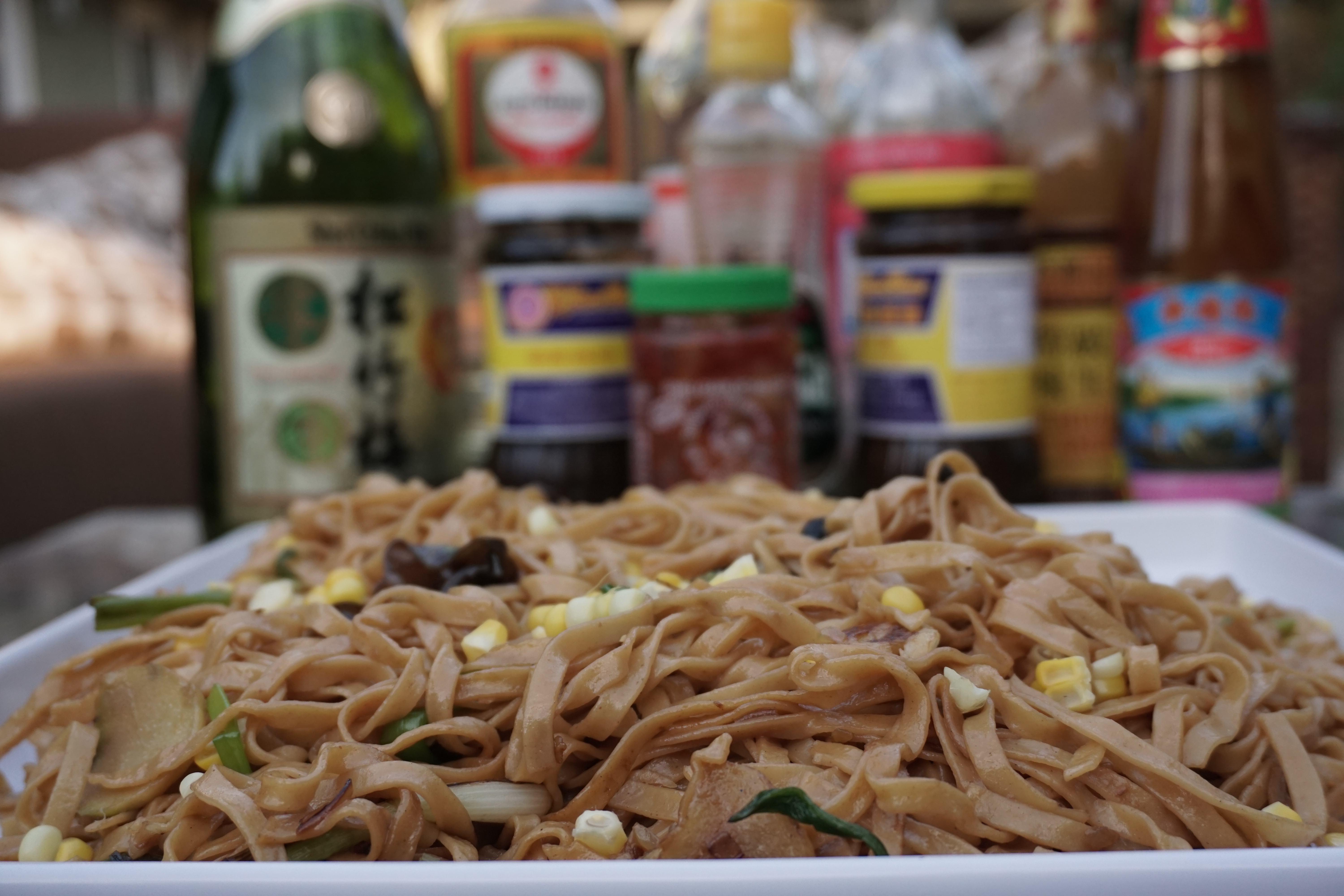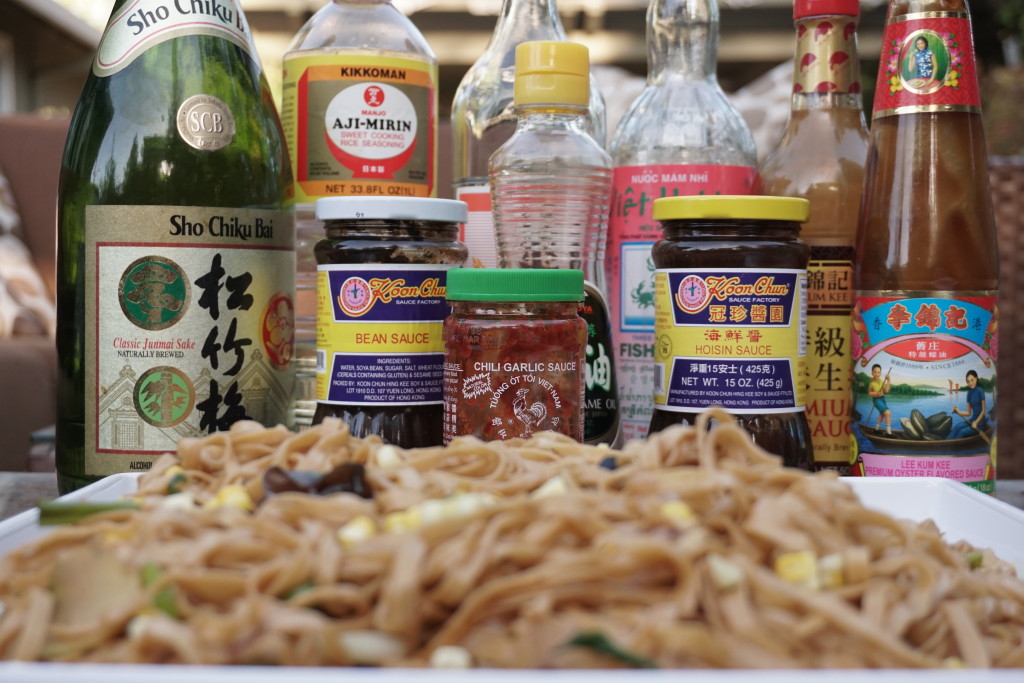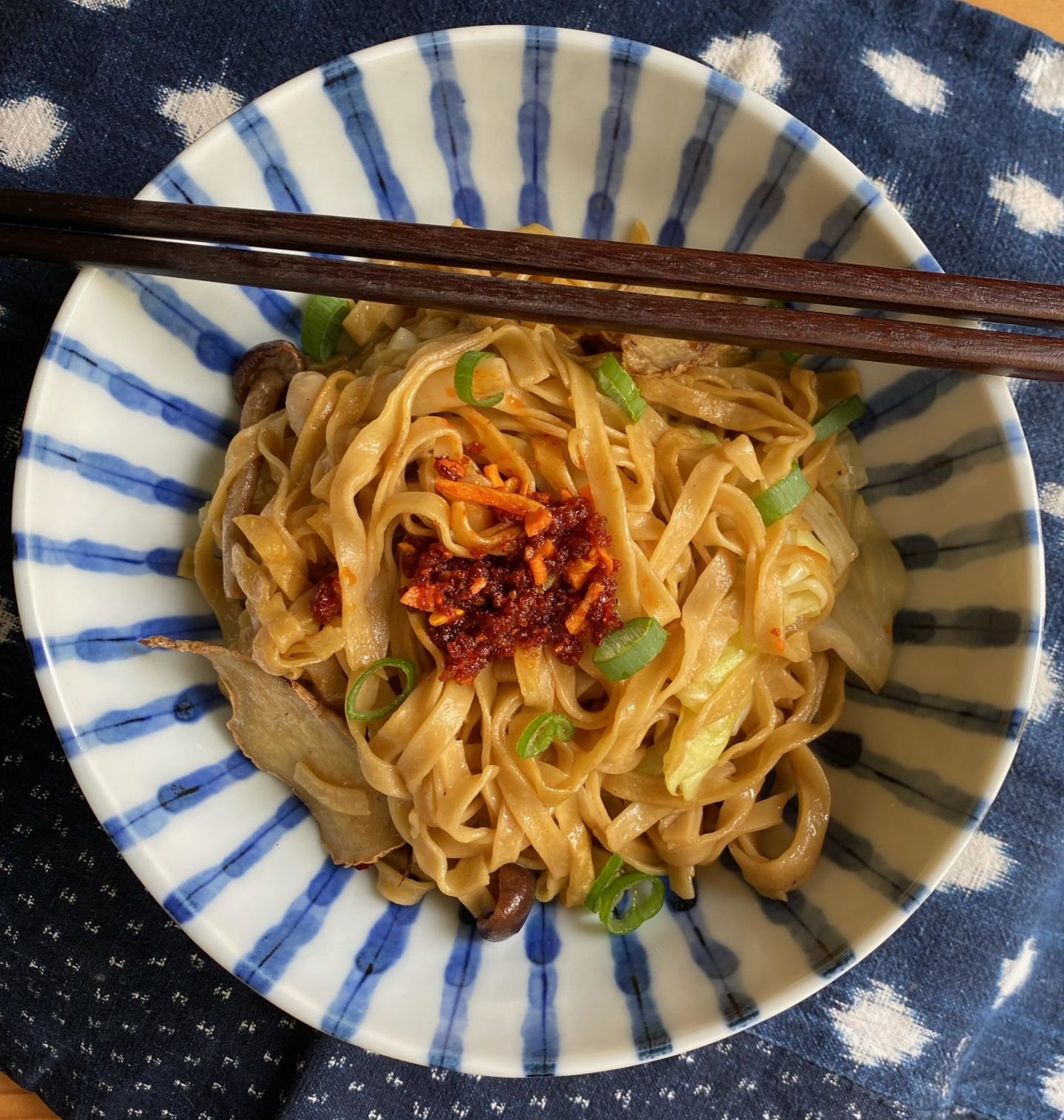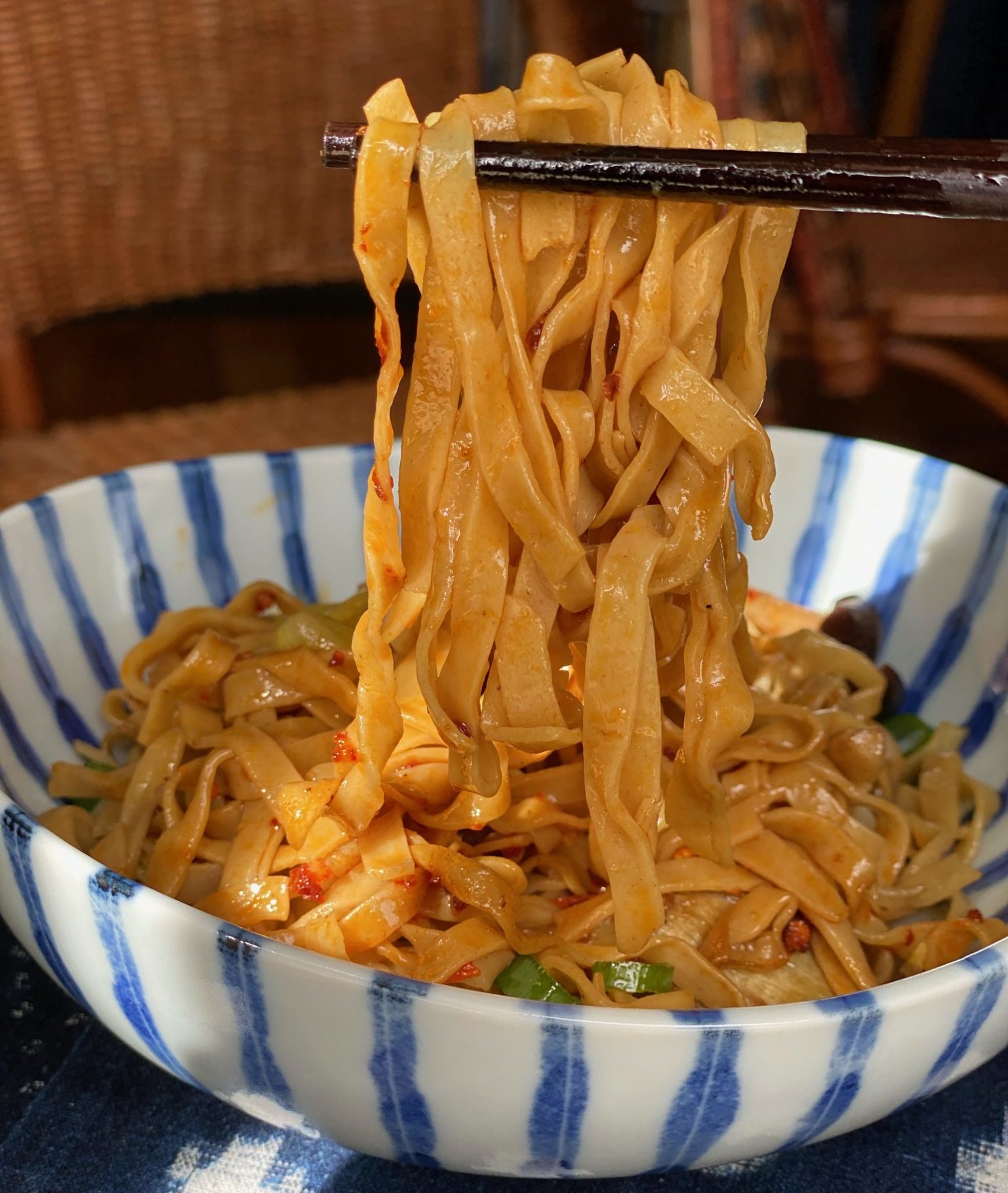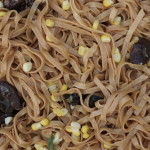
I’m Gonna Shoyu a New Chocolate Chip Cookie
I know you all know I am a city girl at heart. Give me skyscrapers, bridges, cars, museums, and bright lights any day. Not that I don’t appreciate mountains, forests, and nature, but I prefer the urban jungle. Whenever we get the chance, we head into The City for the day, Chinatown, the Ferry Building, and Hayes Valley are my favorite areas to wander around. There is always something going on. Last weekend we headed to the City for the Hallyu exhibit at the Asian Art Museum. A look at Korean culture & K-Pop that has taken the world by storm. (Check out my video on IG, for a glimpse at the exhibit).

Lucky for us, the Asian Art Museum also hosted its annual Artisan Fair that weekend. They had a variety of vendors including crafters, cosmetics, books, and food. I rarely leave empty-handed. One of my favorites is the Taiwanese soy sauce from Liv Cook Eat. Brewed with black soybeans, these soy sauces are sweeter with a nice rounded flavor. We are hooked on both their Finishing Soy and Delicate Soy. They’re a bit pricy but we are worth the splurge. LOL. Next to the soy sauce sat a row of Soy Sauce Infused Chocolate Chip Cookies by Eating with Edmund. You know I had to try one. The cookies were delightful, crispy-edged, buttery, and chocolatey. The flavor was nuanced and subtle. It leaves you wondering, what is that mellowness in this cookie? I think it’s the soy sauce.

Soy Sauce Me Up
Soy Sauce: This is a classic chocolate chip cookie with a tweak, the soy sauce. Although any soy sauce would work there are distinct differences between soy sauces. Liv Eat Cook is Taiwanese and is made with black soybeans. It has a richer, rounder flavor than soy sauce made in China or Hong Kong. It usually has sugar which makes it a touch sweeter. Chinese Soy Sauces generally have more sodium, so a bit saltier. Use Dark Chinese Soy Sauce (Lao Chou) which is less salty than the light soy sauce and has a touch of molasses as a sub. Japanese soy sauces are generally lighter, and a touch sweeter. I assume that would be fine. Tamari would work also.
Flour: The OG Cookie from Eating with Edmund was soft and delicate. I increased the flour by 10% (330 grams) for a sturdier cookie. If I browned the butter, I would use his original 300gms of flour since moisture is lost when browning butter. Browned butter would give the cookies a nice toasty flavor, worth a try. I used King Arthur flour AP which has a higher protein content than Gold Medal. If using GM flour I would increase the amount of flour by 5-10%.
Sugar: Light or dark brown sugar will work. I used light brown sugar.
Chocolate: Chocolate chips can be used but I prefer chopping up a bar. Mainly for presentation, different-sized & shaped pieces seem to look better. Reserve enough pieces to be pressed into the surface of each dough ball right before baking. Puddles of chocolate on the surface of each cookie, a nice look.
Toffee: Toffee and soy sauce complement each other. I used TJ’s Toffee Bars, chopped into pieces for 1/2 of the chocolate. Delish.
Bang-a-Pan; A couple of minutes before the cookies finish baking, rap the pan to deflate the cookies to create ridges. Optional.
The Swirl: Chocolate pieces, toffee, and marshmallows tend to melt and ooze creating funny-shaped cookies. No worries, invest in a 3-4 inch round cookie cutter (or a glass will work too). As soon as the cookies come out of the oven, place your round cutter over those cookies and swirl, voila’ perfectly round cookies. Of course, if you don’t mind them not being perfectly round…skip this step!
The Finish: I love finishing these cookies with a sprinkle of flaked salt like Maldon.

Enjoy!
Soy Sauce Chocolate Chip Cookies
Ingredients
Creamed Mixture
- 1 cup unsalted butter room temperature
- 3/4 cup granulated sugar 150 grams
- 3/4 cup brown sugar 165 grams
- 1 teaspoon vanilla extract
- 2 tablespoons Liv Cook Eat Finishing Dark Soy Sauce or your favorite dark soy sauce
- 2 large eggs
- 1/2 tsp almond extract optional
Dry Ingredients
- 2 1/2 cups all-purpose flour (I use King Arthur Flour) 300 grams
- 1 1/2 teaspoons baking soda
Adds
- 1 cup bittersweet dark chocolate chips, chunks, or chopped
- 1/2 cup Chocolate Toffee bar, I use TJ chocolate toffee chopped, sustitute for 1/2 cup of the chocolate chips (optional)
- Sea salt flakes like Maldon for sprinkling on cookies
Instructions
- Preheat oven to 375F and line baking sheet with parchment paper
- In a small bowl, whisk together the flour and baking soda and set aside
- In a separate bowl cream together the butter, granulated sugar, brown sugar, vanilla extract, soy sauce, and (optional) almond extract
- Add eggs one at a time to the wet mixture and cream together
- Add 1/3 of the dry mix into the wet at a time and fold together. With the last third of the dry mix, add in the chocolate & toffee if using. Tip: Careful not to overmix or you’ll end up with tough cookies. You can be a tough cookie, but don't want to eat one.
- Use a medium cookie scoop (#40) or ~roll 2 tablespoons of cookie dough into balls with spoons and place on a lined baking sheet, min of 2 inches apart
- Bake at 375F for 8-10 minutes
- Remove from oven, sprinkle with flaked salt and swirl with cookie cutters to bring them into round.
Notes
Chop bars of baking chocolate into chunks
The varying sizes of the chocolate chunks and flakes incorporated into the cookie make every bite unique
Brown the butter ahead of time! Melt the butter in a small pot until it turns a deep amber color. Stir and scrape the bottom/sides constantly to incorporate the milk solids. Let cool and solidify to room temp
The browned butter makes for a nuttier, more complex flavor profile
